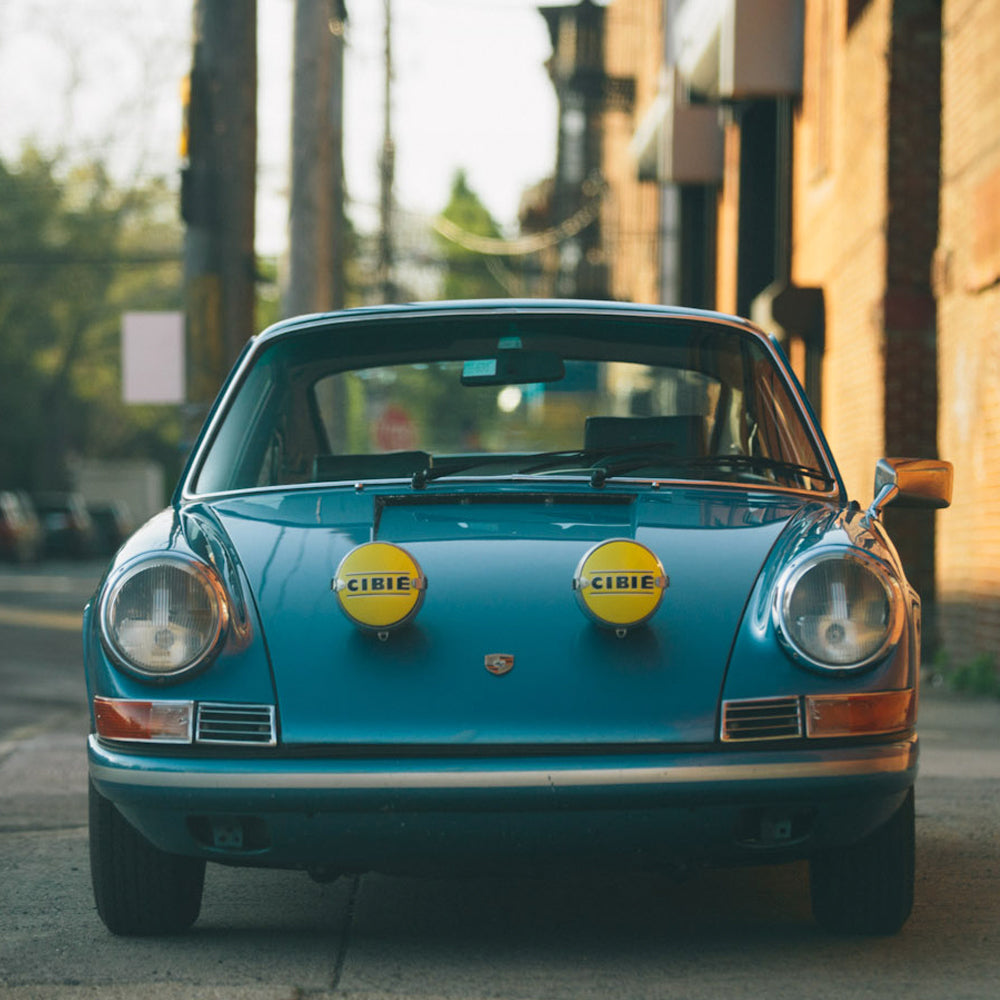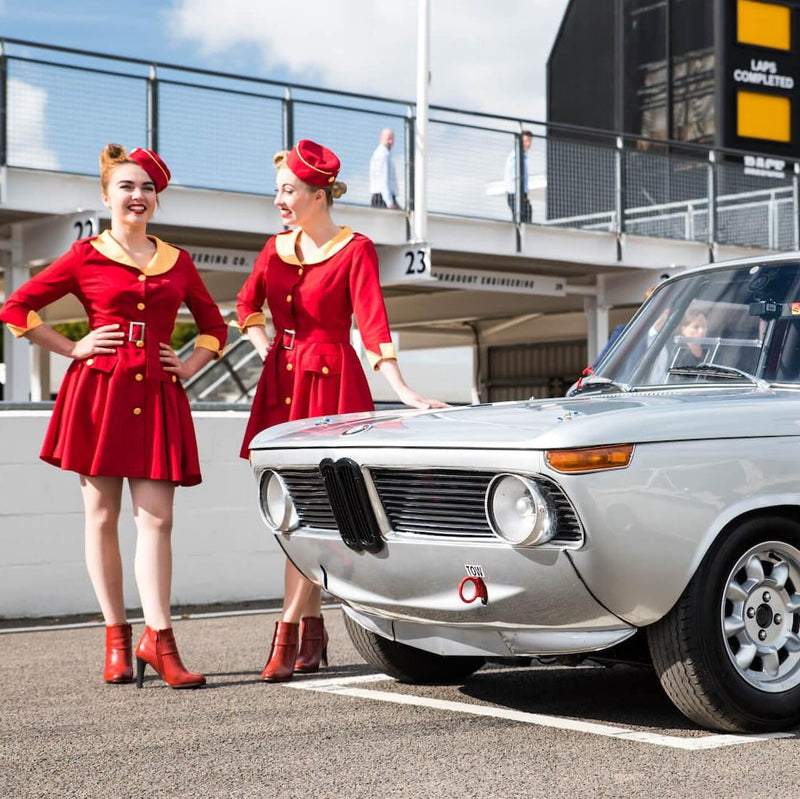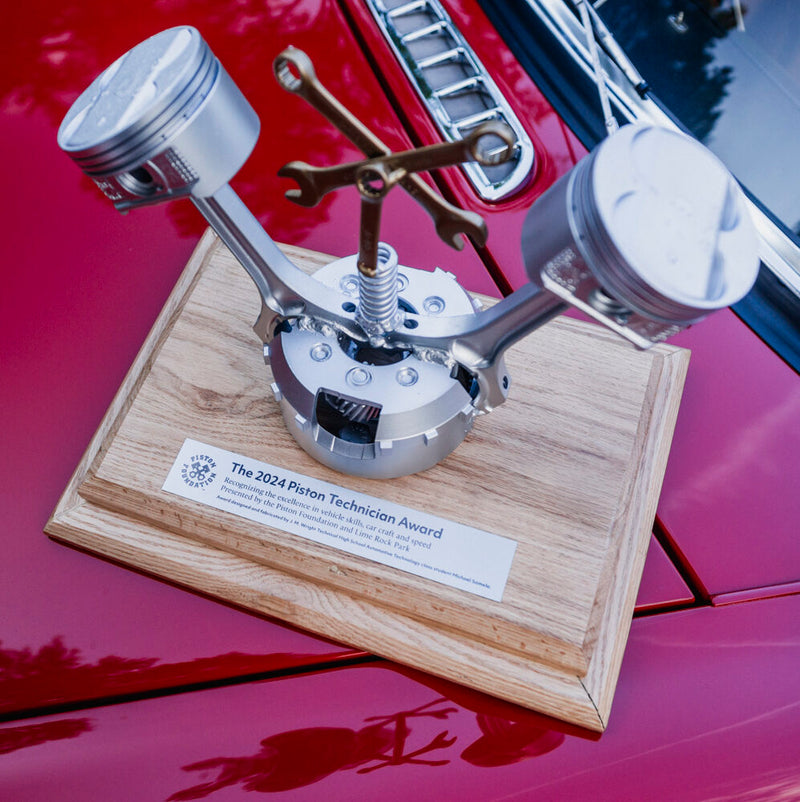In some ways the Porsche 911 was an evolution of the 356. It maintained the 356’s rear, air-cooled engine, rear-wheel drive, and 2+2 layout. But as any Porsche fanboy will eagerly tell you, it was an all-new model. For starters, the engine gained two cylinders going from a flat-four to a flat-six, while the individual cylinders lost some displacement (395.5cc to 331.8cc). But perhaps more importantly, the car grew in every dimension and was designed to be more comfortable than the outgoing 356.
Before we delve into the finer points of the 911’s design, I want to establish that I believe that the 911’s fundamental design is flawed. And I’m certain that I’ll receive emails and comments suggesting I have my head examined or that I stick it in all sorts of horrible places, but I hope that you’ll allow me to explain.



Hanging a massive lump of metal (the engine) out past the rear axle (or front axle, for that matter) increases the car’s polar moment of inertia, which makes it harder to recover control once the car begins a slide (just askMr. Jonathan Mills ).
This isn’t a real problem for a 40hp VW Beetle, but as power and speeds increase, and hence the speed of weight transfer, it does become an issue. We could discuss physics and the 911’s merits all day, but as my ultimate example consider the vast majority of modern racecars: they are equipped with an engine mounted amidships. That’s probably just coincidence, though, right?
Regardless, the styling is evolutionary, clearly a development from the upside-down bathtub 356, and was all about aerodynamics. The overall proportion and stance heavily emphasize the rear engine; however, they’re a bit at odds with the downward sloping roofline and beltline which carry your eyes over the rear too quickly, (consider the substantial flares over the rear wheels in more recent years, designed to counter this) de-emphasizing the rear.


While the proportion and surfaces are a bit at odds, the surfacing itself, while evolutionary, is beautiful. The transition from the engine cover to the fender as two surfaces seem to become one (they never actually do) is much more elegant than the 356’s rear treatment (it just flattens out, vertically). And from a functional perspective, the low hood, narrow dash and more upright A-pillars allow for a commanding, confidence-inspiring view of the road. Personally, I suspect this is the primary reason for the 911’s popularity; the fact that it’s a subconscious feeling makes this part of the design sublime.
In typical, German fashion, detailing is sparse and is limited to items that serve other functions besides pure ornamentation. It is this simplicity that gives the Porsche such a timeless appearance. The Porsche 911 could be described as elegant or efficient, but I think you’d be hard-pressed to call it beautiful in the traditional sense, say like a Ferrari 250GT Lusso. And if you’re so inclined we can debate the merits of a rear-engined car until hell freezes over.
But there is beauty in the design of this car. And that beauty exists in the organization of multiple, disparate components that conspire, like a symphonic arrangement, to make you feel invincible behind the wheel.























































